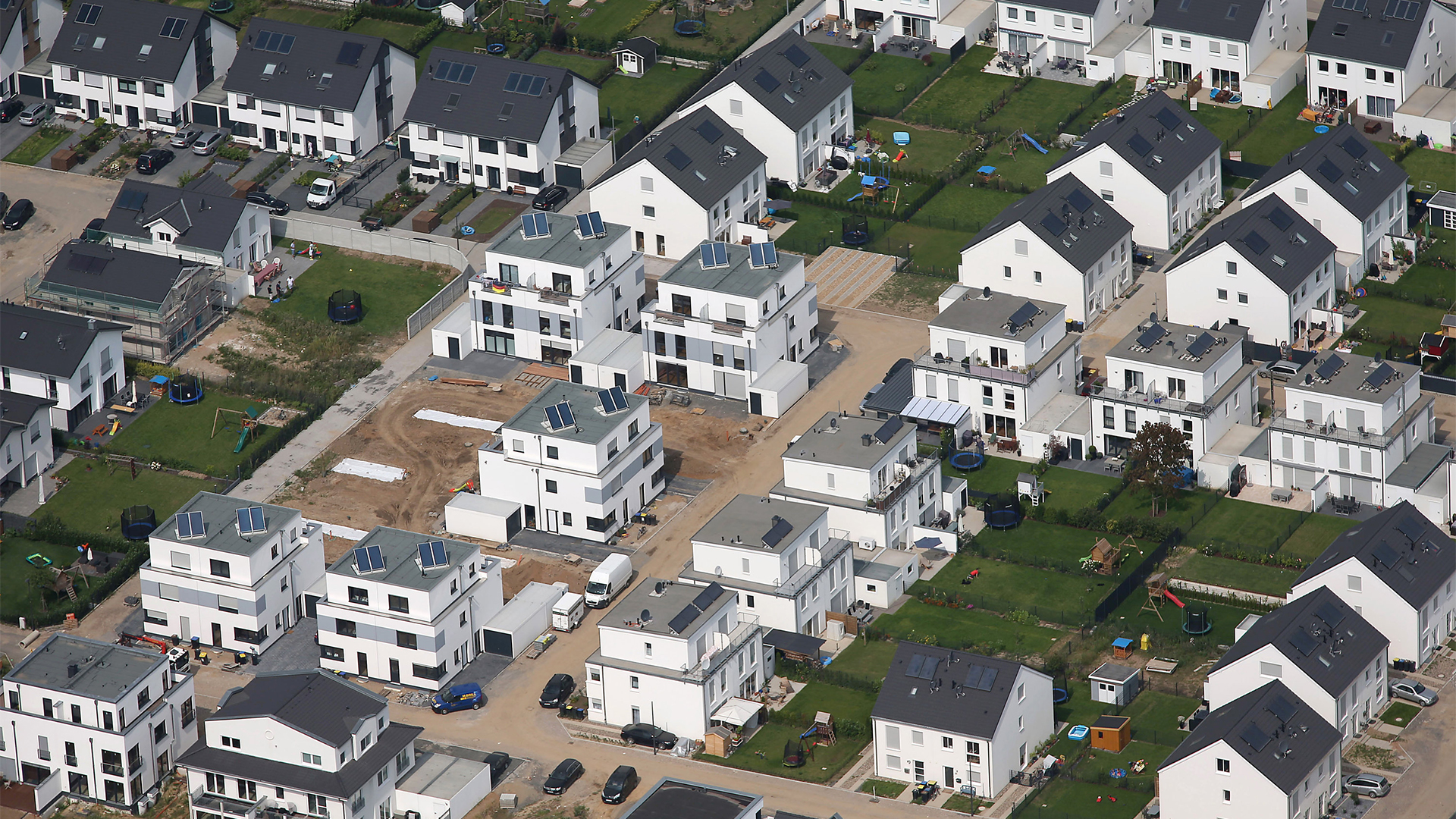
[ad_1]
Prices for building land in Germany have been rising for years. In large cities, in particular, large sums are owed per square meter. Last year’s figures now set a new record.
Land construction in Germany was more expensive than ever in 2019. An average of € 189.51 per square meter is owed, as calculated by the Federal Statistical Office. This is a record, as was the case for residential property prices. Ten years ago, the average purchase value of ready-to-build plots was around € 122.00 per square meter.
Berlin and Hamburg are the most expensive
The demand for living space is huge, especially in metropolitan areas, but there is a lack of buildable land. That raises the prices of land. Last year, investors had to pay a lot in the megacities of Berlin and Hamburg.
In the federal capital, the square meter of buildable land cost an average of 1,328.48 euros, in Hamburg it was 1,157.91 euros. In Bavaria, which is also comparatively expensive, the average price was € 301.75 per square meter.
By contrast, purchase values were lower in Thuringia, Saxony-Anhalt and Mecklenburg-Western Pomerania. Here they were on average less than 60 euros per square meter.
Prices increase with the size of the community.
According to the findings of the statisticians, the average purchase value increases with the size of the municipality. In municipalities with less than 2,000 inhabitants, an average of 66.04 euros per square meter was paid. In the 14 largest cities of the republic with at least 500,000 inhabitants, it was a little more than 17 times higher: 1,128.33 euros.
About 81 percent of all sales were residential property transactions. “These were also the most expensive of all construction areas,” explained the Federal Statistical Office.
The price per square meter in residential areas with closed construction was around 76 euros higher than in those with open construction at 285.76 euros.
With closed construction, buildings can be erected without gaps, for example row houses. The open design, on the other hand, requires lateral clearance.